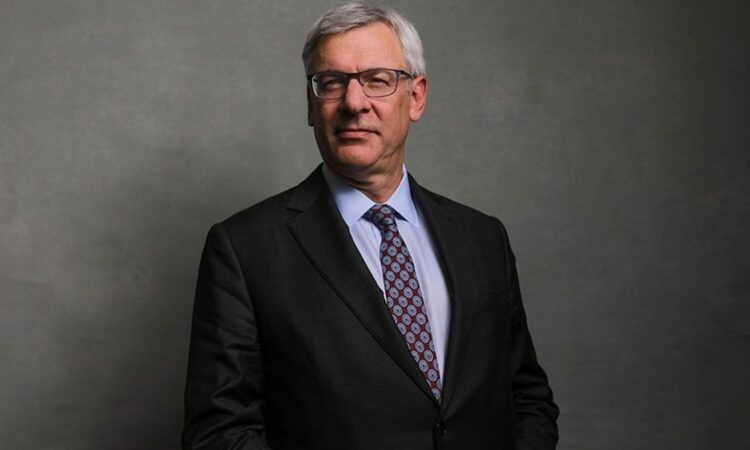
Royal Bank of Canada CEO Dave McKay spotlighted the divergent paths of global economies at a New York banking conference on March 5. Highlighting the resilience of the US economy, McKay contrasted it with the slowdown witnessed in Canada, the United Kingdom, and Australia, attributed mainly to softer consumer demand driven by higher interest rates.
Disparate Economic Trajectories
The core of McKay’s analysis rests on the structural differences in mortgage financing between the United States and its counterparts. In the US, the prevalence of 30-year fixed mortgage terms shields consumers from immediate impacts of rate hikes, allowing debt costs to remain stable. Conversely, in nations like Canada, the UK, and Australia, borrowers frequently face the necessity of renewing their mortgages at higher rates, directly feeling the sting of central banks’ tightening policies. This dynamic has led to a marked deceleration in consumer spending and broader economic activity in these countries.
Rising Interest Rates and Consumer Spending
Central banks globally have been in a rate-hiking cycle, attempting to curb inflation that has surged in the aftermath of the COVID-19 pandemic and geopolitical tensions. The Bank of Canada, the Bank of England, and the Reserve Bank of Australia have all raised rates, aiming to stabilize prices but inadvertently impacting consumer demand. McKay’s comments underscore the immediate consequence of these policies – a softening demand that slows economic momentum, particularly in markets where consumers are exposed to variable or short-term fixed rates.
US Exceptionalism in Economic Resilience
The US economy’s insulation from these pressures, as noted by McKay, illustrates a unique form of economic resilience. While other developed economies grapple with the balancing act of controlling inflation without stifiring growth, the US appears to navigate this tightrope with more agility, thanks in part to its mortgage market’s structure. This scenario not only highlights the differences in economic management and consumer finance but also sets the stage for a divergent recovery path post-pandemic and beyond.
As the global economic landscape continues to evolve, the observations made by McKay at the New York conference prompt a deeper contemplation of policy impacts and the inherent strengths and vulnerabilities of national economies. While the US forges ahead, buoyed by structural advantages and strong consumer spending, its peers face the challenge of maneuvering through the headwinds of higher interest rates and softer demand. This divergence not only shapes the immediate economic outlook but also the strategic considerations of policymakers and business leaders alike.






